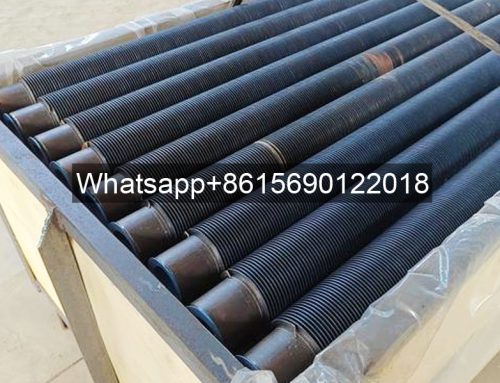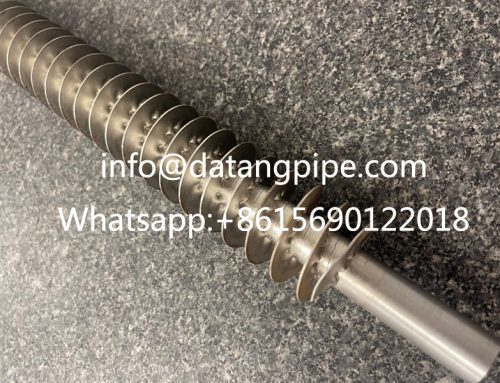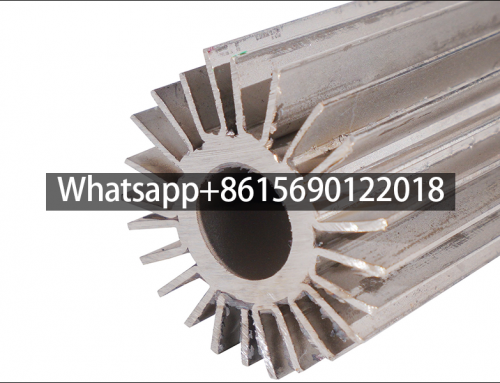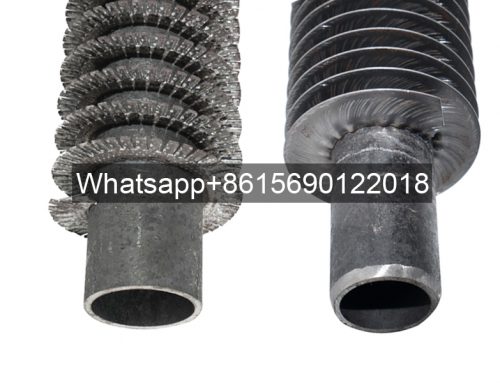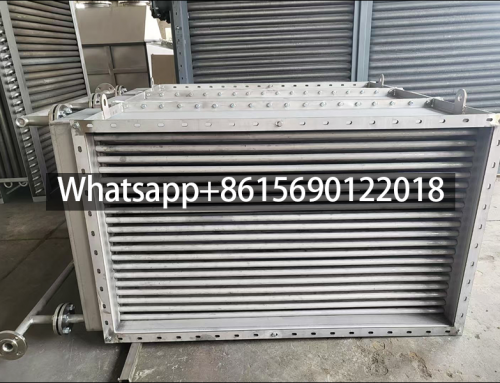Steel Fin Tubes: A Comprehensive Technical Analysis
1. What Are Steel Fin Tubes?
Steel fin tubes are specialized heat exchange components consisting of a base tube (typically carbon steel or stainless steel) with extended metallic fins attached to its outer surface. These fins significantly increase the effective heat transfer area, enhancing thermal efficiency in applications where space or airflow limitations exist. The fins can be arranged in various geometries (spiral, longitudinal, or segmented) depending on design requirements.
2. Steel Fin Tubes Manufacturing Processes
(1) Extruded Fins
Hot extrusion bonds fins to the tube by forcing heated steel through a die, creating a seamless, high-strength connection. This method is ideal for high-temperature/pressure environments.
(2) Welded Fins
Fins are individually welded (high-frequency or resistance welding) to the tube. Suitable for corrosive environments where fin material differs from the base tube (e.g., stainless steel fins on carbon steel tubes).
(3) G-Type (Embedded) Fins
Fins are mechanically grooved into the tube surface, offering excellent contact integrity and vibration resistance. Common in power plants.
(4) L-Footed Fins
Fins feature an “L”-shaped base for improved thermal contact. Often used in air-cooled heat exchangers.
3. Steel Fin Tubes Key Characteristics
- High Thermal Efficiency: Fins amplify heat transfer by 5–10x compared to bare tubes.
- Durability: Steel provides mechanical strength (withstand pressures up to 30 MPa) and corrosion resistance (especially with galvanized/stainless steel variants).
- Customizability: Fin density (4–16 fins per inch), height (5–25 mm), and thickness (0.3–2 mm) can be tailored.
- Cost-Effectiveness: Lower lifecycle costs due to reduced maintenance and energy consumption.
4. Steel Fin Tubes Industrial Applications
- Power Generation: Boilers, economizers, and condensers in coal/nuclear plants.
- HVAC Systems: Air handlers and heat recovery units.
- Oil & Gas: Preheaters and crude oil heaters.
- Chemical Processing: Reactors and distillation column heaters.
- Renewable Energy: Biomass boilers and solar thermal systems.
5. Steel Fin Tubes Future Trends
Advancements in laser-welded fins and hybrid coatings (e.g., ceramic-steel composites) aim to further improve heat transfer coefficients and corrosion resistance.


